Coteaux Champagne: No Fizz but Lots of Terroir
by Ken Gargett
It always surprises me when I encounter people who are convinced that all champagnes are alike. Obviously, as we have seen so many times here, that could not be further from the truth. I sometimes wonder what they would think if they came across a bottle of Coteaux Champagne or Rose des Riceys.
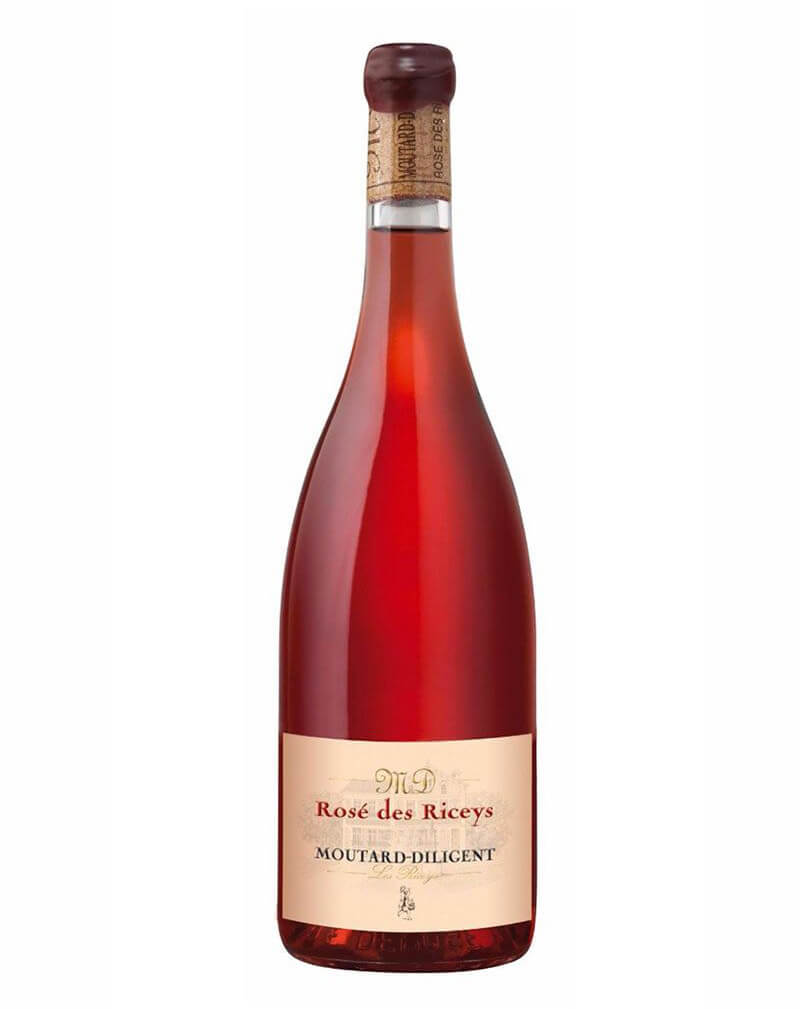
Rose de Riceys Moutard Diligent
Rose des Riceys is a tiny commune in the Aube (part of Champagne) where they get extremely limited quantities of a very serious, still Rose (they are limited to around 70,000 to 75,000 bottles), which has incredible ageing ability.
One of the biggest surprises I have ever enjoyed in the Champagne region was when visiting one of these small producers and tasting back decades – I also remember it because we had to leave for our next appointment with several decades to go!
I’d never seen Rose, although they are more like lighter reds than our usual idea of Rose, which aged for such an extraordinary period. It was a revelation.

Coteaux Champenois Alexandre Bonnet
Coteaux Champagne is a little more common, but it is still hardly a household name or everyday drink. Fortunately, while it has been little more than a curiosity for several champagne Houses for many years, quite a few producers are starting to take it more seriously.
Bollinger has done so for many years and more recently, Louis Roederer has entered the fray.
Names like that will ensure attention and there are many smaller producers and growers getting involved. But it is not all onwards and upwards. Moet et Chandon used to make a famous and delicious version, Chateau de Saran. Laurent Perrier has also ceased production of their versions, both red and white. Their red had been made from Pinot Franc.
These wines used to be known, pre-AOC, as ‘natural wines’, which might raise the ire of some of today’s aficionados of current natural wines. Some houses make this style of wine but t don’t even bother selling them, just using them for in-house purposes.
Coteaux Champagne is a still wine hailing from the same geographical region as has been defined for Champagne. It is normally red, though it can be white (there is an extremely rare Rose version, although I have never seen one).
The essential ‘The Oxford Companion to Wine’ by Harding and Robinson (Fifth edition) estimates that for every single bottle of white Coteaux Champagne, the region will see twenty bottles of red Coteaux Champagne, but to put it all in perspective, there will be 16,000 bottles of champagne.
The consensus is that interest is increasing because climate change is providing conditions more conducive to this style than we have seen in past years. Warmer years are providing some real excitement for fans of these wines.
I’m convinced that there is another reason for the surge of interest in these styles. By taking away the artifice of fizz and the winemaking associated with it, if the still wine is made from a single site, the producers can reveal terroir in a much clearer and more defined way.
There is plenty of support for that sort of thing amongst serious wine lovers today.
In the past, the style tended to the harsh and green end of the spectrum with paper-cut acidity. Today, they are much richer with fuller flavors. The links to Burgundy are self-evident, though the wines tend to be lighter with more vibrant acidity.
But, assuming you can locate examples, would you buy them at these prices?
Yes, for the curiosity and to see what the fuss is about. No, if you are looking for top-notch wines that represent value. In fairness, Coteaux Champagne is not the main game for the houses, but it is an intriguing style and worth exploring.
And there are certainly some very fine wines among them, just not too many that represent good value.
Laundry lists of recommendations are not much use here as the wines are so limited, what will be available in one region will be unknown in others. Understandable when you realize that the production of some of these is no more than a couple of hundred bottles if the vintage allows the wine to be made at all.
To chase these, speak with the best local retailer in your region and see what they can offer.
The good news is that several of the more serious producers in the region have banded together to try and promote the style but it is still early days.
In the past, it was not uncommon (in fact, probably more common than not) for this style to be a vintage blend, like non-vintage champagnes. Today, vintage wines are more the norm and often, given the tiny production, they come from single sites.
As a generalization, the village of Bouzy is well known for this style (suggestions are made that the name has something to do with the popularity).
Bollinger’s ‘Les Côte aux Enfants’ comes from the village of Aÿ, while Roederer use Le Mesnil-sur-Oger for their white version and Mareuil-sur-Aÿ for their red.
Other villages well known for the style include Ambonnay, Vertus, Mailly and Cumières, but they can come from anywhere in the Champagne region and many do hail from the Marne. Not only is production low, in years where the yields for the region are reduced, grapes are likely to be diverted to champagne, rather than Coteaux.
Veuve Clicquot make a few barrels in appropriate vintages from its Clos Colin site in Bouzy, which is normally used for its Grande Dame Rose.
It is also worth noting that that simply because they are not the face of Champagne, you are not getting these wines cheaply. Pricing for the pair from Roederer is not quite at Cristal levels but certainly exceeds the price of the vintage.
Bolly’s version also sits above vintage pricing. More specifically, we are around the A$350 mark for Roederer and A$450 to over a grand (scarcity plays havoc with pricing) for the Bolly. Looking the wines up on the internet to check prices, it is amazing how much they vary.
The grapes are the same as used for champagne, Pinot Noir, Meunier and Chardonnay, though Pinot Noir certainly dominates.
Technically, one could use the rarely seen varieties of Arbane, Petit Meslier, Pinot Blanc, Pinot Franc and Pinot Gris, but we really are getting into the realms of serious trivia. That said, Drappier uses Pinot Gris for theirs. Tarlant are making a range of Coteaux, using various styles.
The appellation was established in 1974. There is a real nod to history here, as the wines must have some similarities with those made before bubbles made an appearance, as we shall see.
Essi Avellan MW, in ‘The World of Fine Wine’ magazine (the world’s most serious wine magazine) has done extensive tastings on the style and looked into the history in great detail.
Prior to fizz, which is really around the end of the 18th century, at which stage the region was making nine bottles of non-sparkling for every single bottle of fizz, this was the wine of Champagne.
It has always been said that Thomas Jefferson preferred the still version of champagne to the sparkling.
When the Champagne appellation was established in 1927, this style was dubbed ‘Vin Ordinaire de la Champagne Viticole’. In 1953, this was changed to ‘Vin Nature de la Champagne’ (hence the use of the term ‘natural wines’, even if this is very different to what is understood by ‘natural wines’ today, although just what is understood by that term today is very much up for debate), until its own appellation was established in 1974.
At that time, production was just over a million bottles a year, but there was a focus on the style which saw that number quadruple to over four million bottles by 1978. As mentioned above, we have now dropped back to around the 70,000 bottle mark.
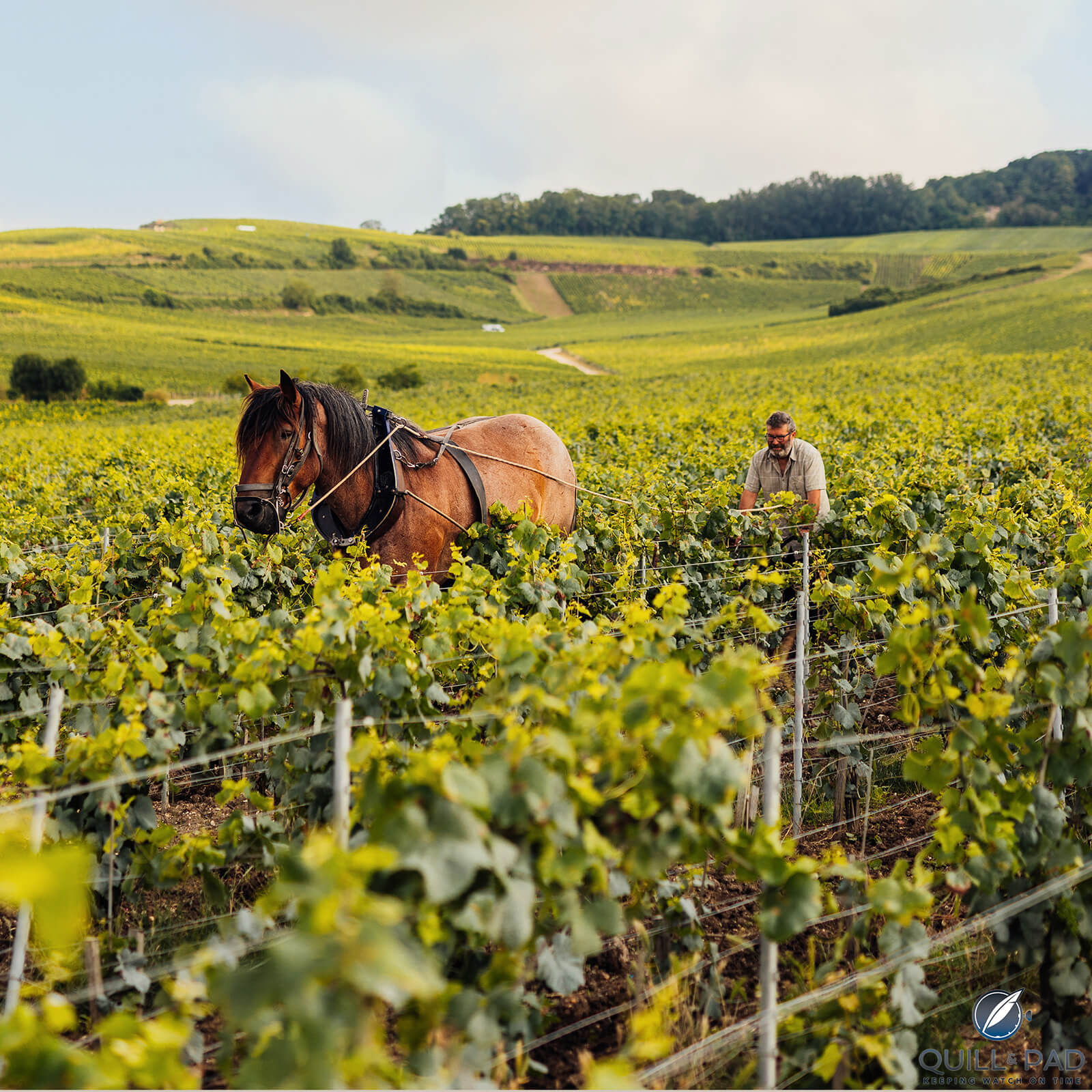
Horse working the vineyards at Louis Roederer
Local growers have certainly turned their attention to the style, but the most likely examples you will find (it won’t be easy) are the new releases from Louis Roederer and the category’s leading wine, Bollinger’s ‘La Côte aux Enfants’.
To date, I have not yet been able to try the releases from Roederer (which says all you need to know about how difficult it is to get hold of these wines – the Roederer people are normally extremely generous when it comes to access to their wines but they can’t share what they don’t have).
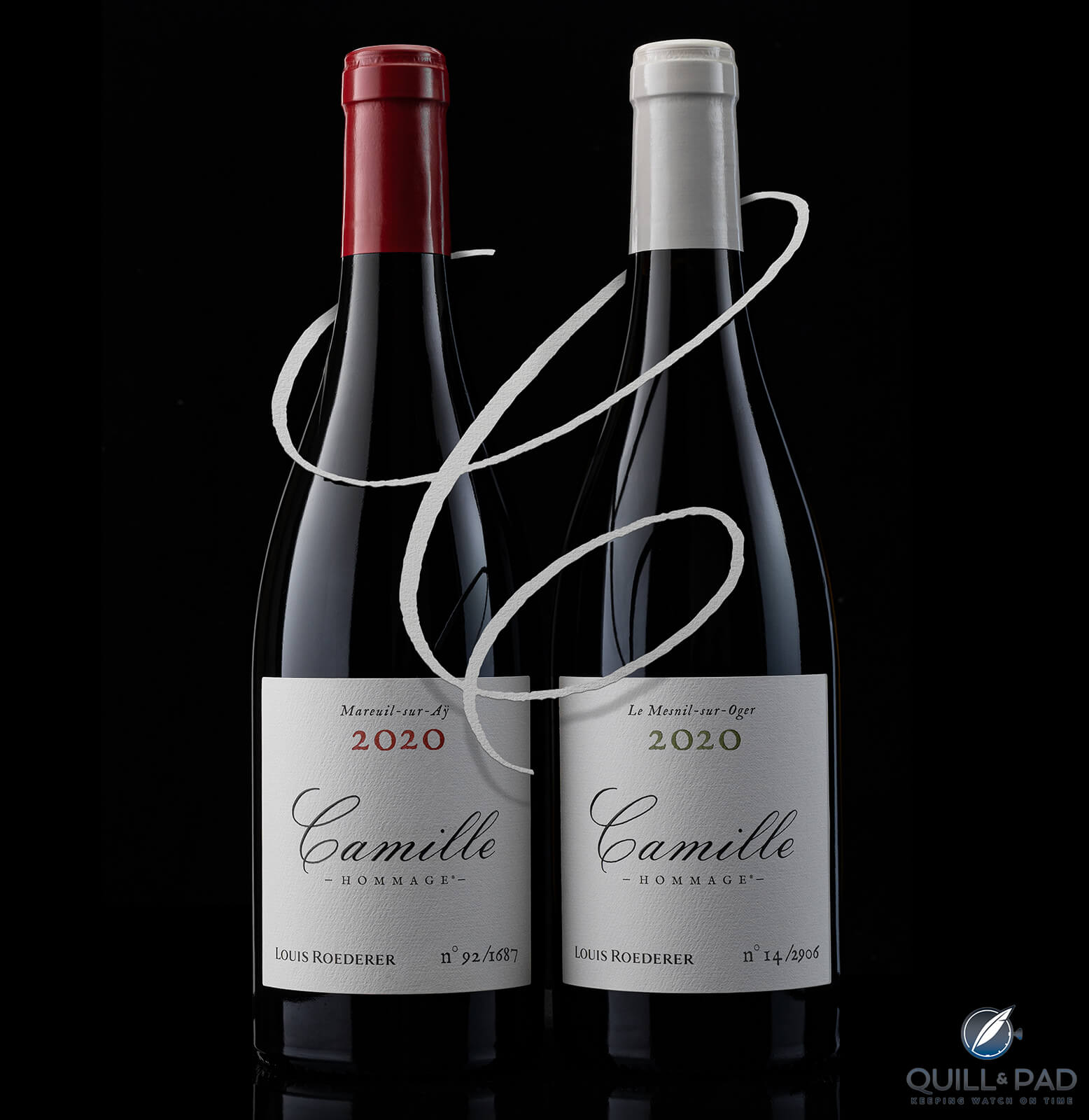
Louis Roederer Camille red and white
Roederer offer two versions, red and white, both designed to reveal the terroir of single sites. They are named “Hommage à Camille”, as a tribute to Camille Olry-Roederer, who ran the House from 1932 to 1975 (yet another of those incredible Champagne widows). Apparently, the House did offer still wines once, but that was more than half a century ago.
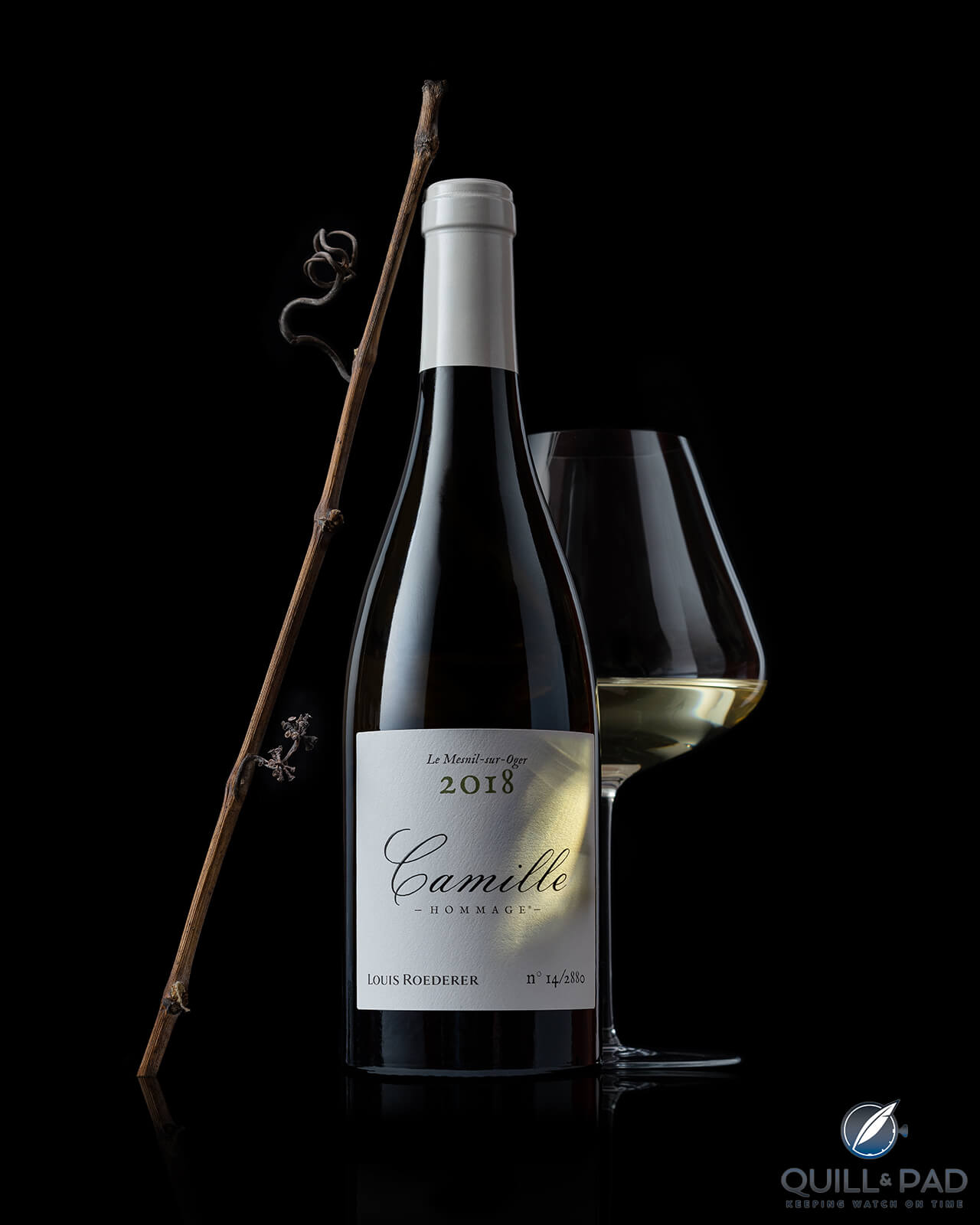
Louis Roederer Camille les Volibarts (photo courtesy Emmanuel-Allaire)
Until the mid-19th century, Roederer made more still wine than it did sparkling.
This project has been in the works since 2000, according to their brilliant chef de cave, Jean-Baptiste Lécaillon (or 2002, as sources do vary). The first releases were from 2018, but subsequent vintages have already hit the shelves.
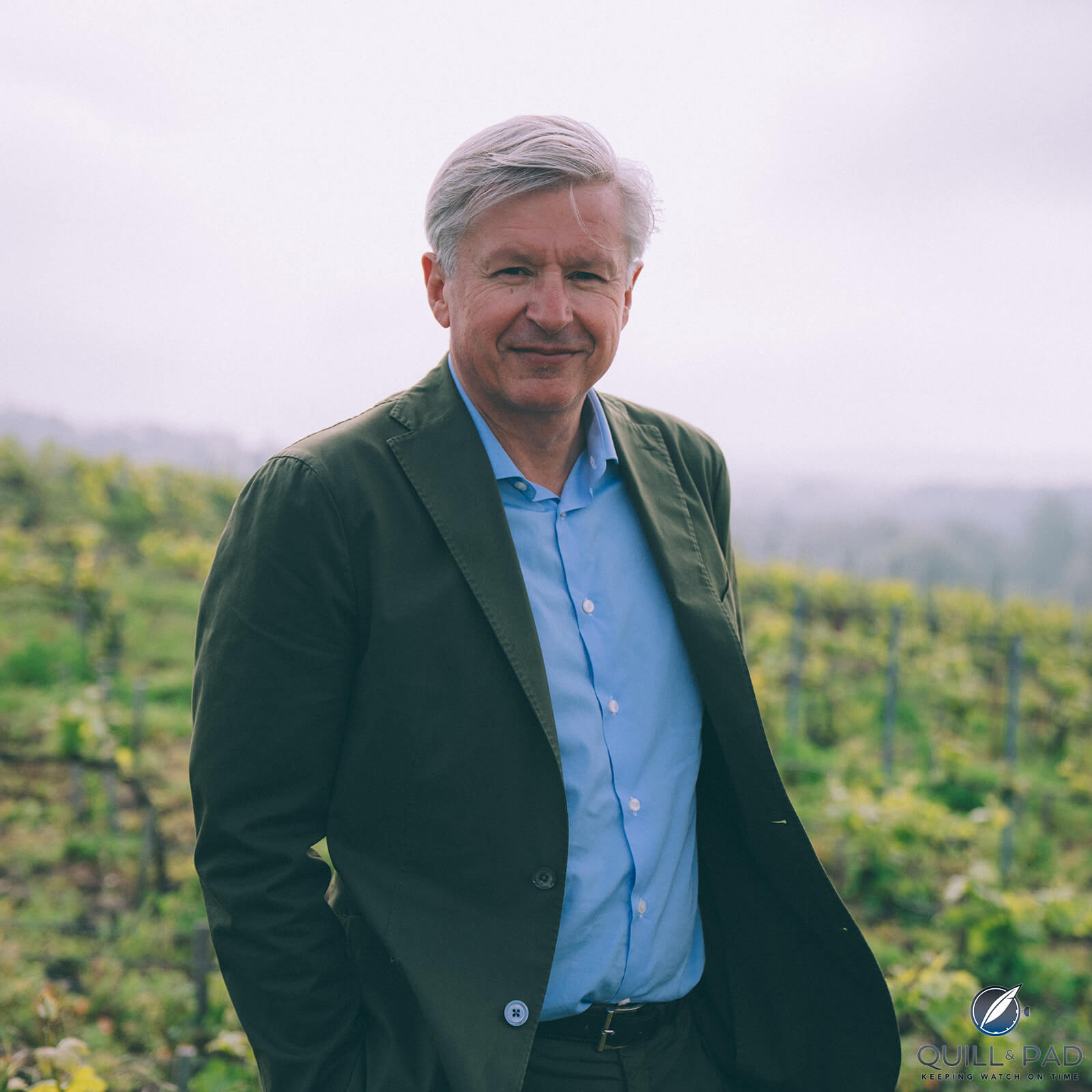
Jean Baptiste Lecaillon (photo courtesy Marie Flament
As with everything he does, Lécaillon focused very much on quality, not commerce. Roederer made these wines in 2014, 2015 and 2016, but Lécaillon did not feel any of them reached the standard he was chasing. He has identified other plots in Champagne that may be included in the program, though the wine will always be from a single vineyard.
If, as we have seen, a vintage does not measure up, it will not see the light of day. They use some whole bunches and a combination of oak and amphorae in making these wines.
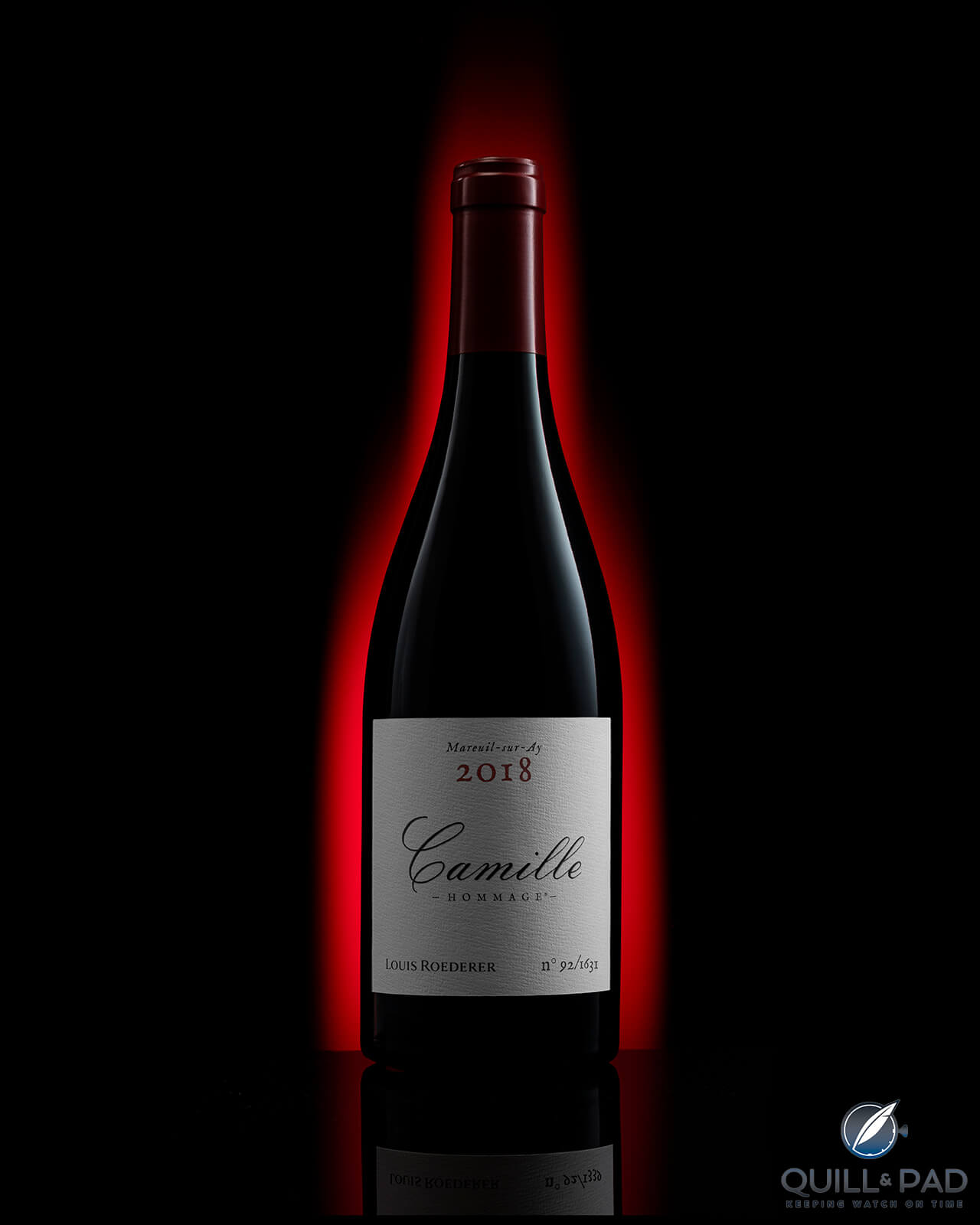
Louis Roederer Camille Charmont 2018
The red, 100% Pinot Noir (‘Camille Charmont’), is from a plot which was specifically planted, just 0.43 hectares in Mareuil-sur-Aÿ, the vineyard heavily clay-influenced.

Louis Roederer Camille les Volibarts (photo courtesy Emmanuel-Allaire)
The white version, ‘Camille Volibarts’, is from a 0.55 hectare plot of old Chardonnay vines in Le Mesnil-sur-Oger. Contrary to usual practice with this style, the volume of white exceeds that of the red (2,880 bottles as opposed to 1,631 bottles of the red for the first release).
Lécaillon has been quoted as recommending decanting before drinking. The initial release saw 23% new oak, with the remaining 77% fermented in amphorae (as happens so often, figures do vary considerably depending on the source).
La Côte aux Enfants’, 100% Pinot Noir, comes from a single vineyard, four hectares, in Aÿ. The vineyard was put together by Jacques Bollinger who purchased small pieces of land from over fifty different owners to make the total, back at the beginning of the previous century. Only made in the most suitable vintages, it made its debut with the 1934 (no idea if any of those still exist but what an experience it would be to try one).
The sector of the vineyard now involved is less than a hectare. It is on quite a steep slope, once referred to as the ‘children’s hill’ (hence, the wine’s name), as only children could work it, because of their small stature, although why that should make a difference, I can’t really say. The wine spends eight months in small old oak barrels and one third is whole bunches.
Final production is under 4,000 bottles per vintage, or as little as 1,000 bottles, depending on which source one uses.
When Bolly’s chef de caves, Denis Bunner, was out last year, he kindly opened a bottle of the 2015 La Côte aux Enfants. It had been a while since I had seen any vintage of this wine (in years gone by, it would often be included in tastings as a curiosity). 2016 is now available, but the following release will be the 2019.
The nose was thoroughly exciting with notes of red fruits galore, cherries, spices, tobacco leaves, raspberries, dry herbs, bacon fat, cinnamon, and delicatessen meats. Beautifully aromatic, with smoky notes, it continued to grow in the glass and decanting does seem essential. The palate moves more to black fruit notes and cassis, with hints of blood oranges, and stone fruits.
This wine was silky, ripe, finely balanced, offered juicy acidity, good intensity and serious length. This wine is far more than a curiosity. It is a joy to drink and it should have a future where it will provide pleasure for at least ten to fifteen years, probably longer. I had scored it 96. It deserves its reputation as the leading example of the style.
These wines might be very rare, hard to source and perhaps not the greatest value in the wine world, but they are worth experiencing.
For more information, please visit https://vineandbubble.com/stories/coteaux-champenois
You might also enjoy:
Leave a Reply
Want to join the discussion?Feel free to contribute!



Ken, this was such an enlightening deep dive into Coteaux Champagne! 🙌 I’ve always been fascinated by the history and traditions of Champagne, and I had no idea about this still wine side of the region. The fact that these wines were the norm before the 18th century is mind-blowing!
I appreciate you highlighting producers like Bollinger and Louis Roederer who are taking Coteaux Champagne seriously. It’s intriguing how climate change is creating conditions more conducive to this style, and your point about terroir being more clearly revealed without the fizz is spot on. The tasting notes for Bollinger’s ‘La Côte aux Enfants’ sound absolutely divine. 😍
Thanks for shedding light on this rare and fascinating corner of the wine world! I’m definitely going to keep an eye out for Coteaux Champagne at my local wine shop, though I know it won’t be easy to find. 🥂
Hi Sandra, vert glad you enjoyed it. When you find some, let us know what you think.